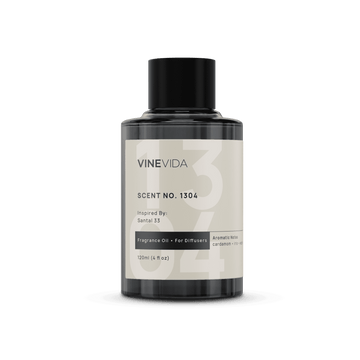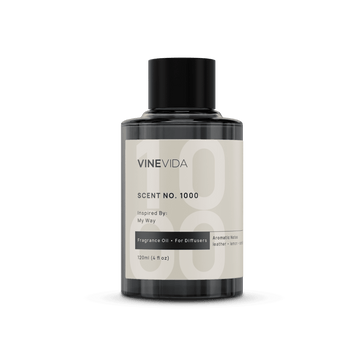Midsummer has captured the imaginations of bards and poets for centuries. The longest day of the year, the summer solstice is when one of Earth's poles has its maximum tilt toward the Sun. It occurs twice each year, once in each hemisphere. Actually, the solstice is three days long, as the Earth holds herself stably in her holding position of how long daylight remains, for three days, before the days begin to shorten the sun starts its journey to the winter solstice.
Earth is at her sexual peak, with the Northern hemisphere exploding into bloom. My hives are full of bees, one with a swarm that adopted me last week, as their colony will have grown so big their existing home was coming too cramped for it to continue to grow.
We feast on vegetables fresh from the garden and peer hopefully at the fruits in the orchards, willing them to grow. Children run amongst long grass and splash around in fresh running water.
Butterflies abound and, of course. the sunshine makes you feel mellow and melty.
Poignantly though as we celebrate the Earth’s fertile bounty and her orgasmic majesty of production, the message from the soil is clear. Now, the sun begins to die. Soon the flowers will wither and the Earth here will go to sleep. There are birds everywhere in our garden. The downside of feeding them so much yumminess, is now I also have to worry about rats! The brighter the sun, then the darker the shade as we feel the polarity.
(Poignantly, I did ask Nat to write this piece first, but shivering as she is in the grayness in Australia, the words would not come. The very paradox of Midsummer makes me smile! Celebrate the bounty, relish it but conserve some, for winter is never far away.)
I think it’s probably impossible for either of us to create summer solstice blends for you, because Nat’s yard in Australia and my British garden hold different lovelies to yours. But choose summer flowers and sharp citrus leaves to conjure the theme.
This is my garden yesterday.
The swarm arrived while I was away at a meeting about medicinal mushrooms. Luckily my husband was here to capture it on video. I would have known they had arrived though, by the smell of their Nasonov pheromone they use to direct the swarm. Nasonov has virtually the same scent profile as Melissa essential oil. Their air was rich with lemons!
We have six dominant plant families in the garden, designed to fragrance the garden at different times as you walk through. As you enter the gate in summer, you smell hundreds of roses, also thymes, mints and salvias.
The fragrance changes as you go up the path and walk into the kitchen garden and right now it's the oreganos and marjorams that stifle. The lavenders aren't quite out yet, but two weeks from now, they’ll overpower everything around them.
Near the trampoline, we have a mop of monardas that smell just like bergamot, and hanging baskets full of geraniums.
So, let’s see what we can do with that.
3 drops Geranium Essential Oil (Pelargonium asperum var roseum)
2 drops Thyme Essential Oil (Thymus vulgaris)
1 drops Sage Essential Oil (Salvia dalmatian)
5 drops Palmarosa Essential Oil (Cymbopogon martinii)
2 drops Roman Chamomile Essential Oil (Anthemis nobilis)
1 drop Lavender Essential Oil (Lavandula angustifolia)
Of course, we could have a citrus explosion for summer!
3 drops Orange (Citrus sinensis)
2 drops Grapefruit (Citrus paradisii)
1 drop Lemon (Citrus limon)
Summer solstice blends remind us to be grateful for what we have. To remember that the essences in those bottles are the gifts of the earth, designed as messengers from the plant to the insect world, to the soil and perhaps even to humans. All of it can be taken so quickly, if we’re not careful. Creating a solstice blend gives us a way to capture that romance, that carefree vibe, that blissful abandon for days in the cold that feel tense. But more importantly, to give thanks for everything we feel right now, and really focus us on cherishing the glory of summer.














